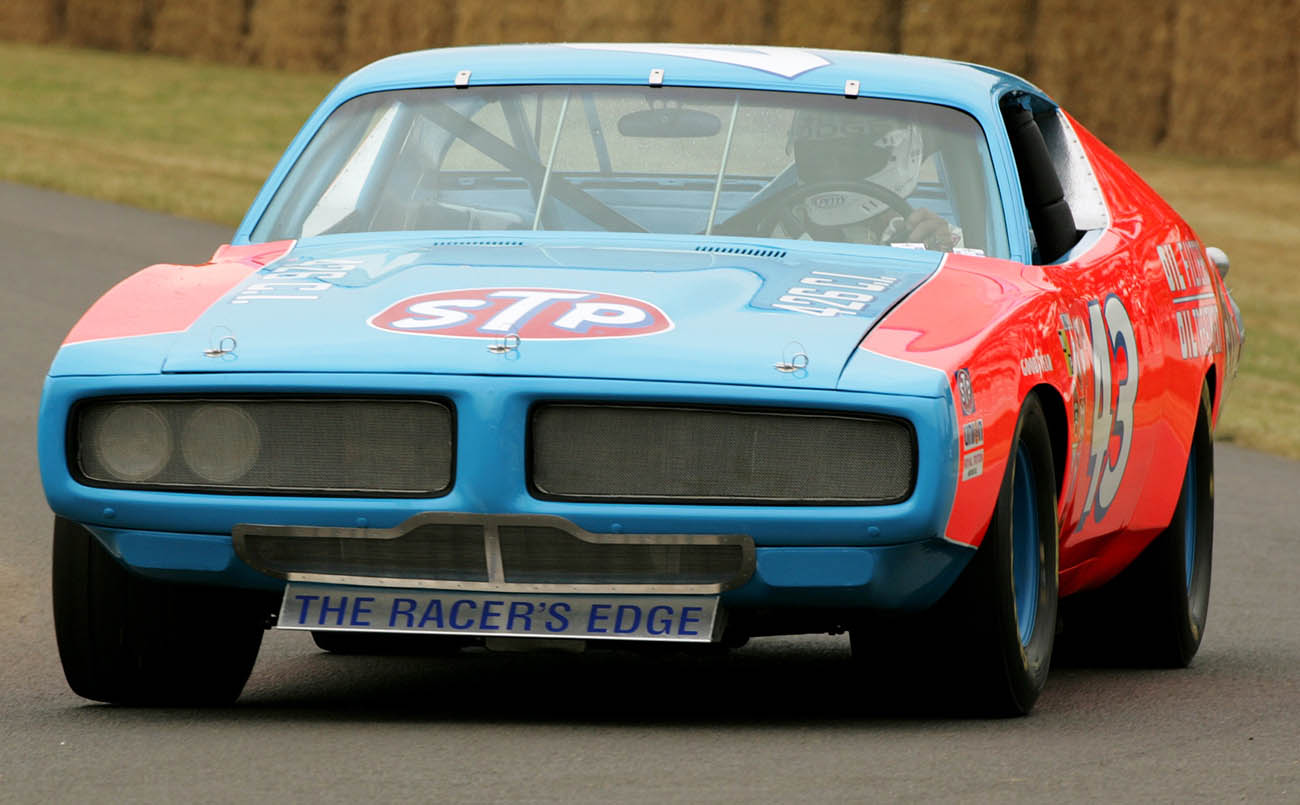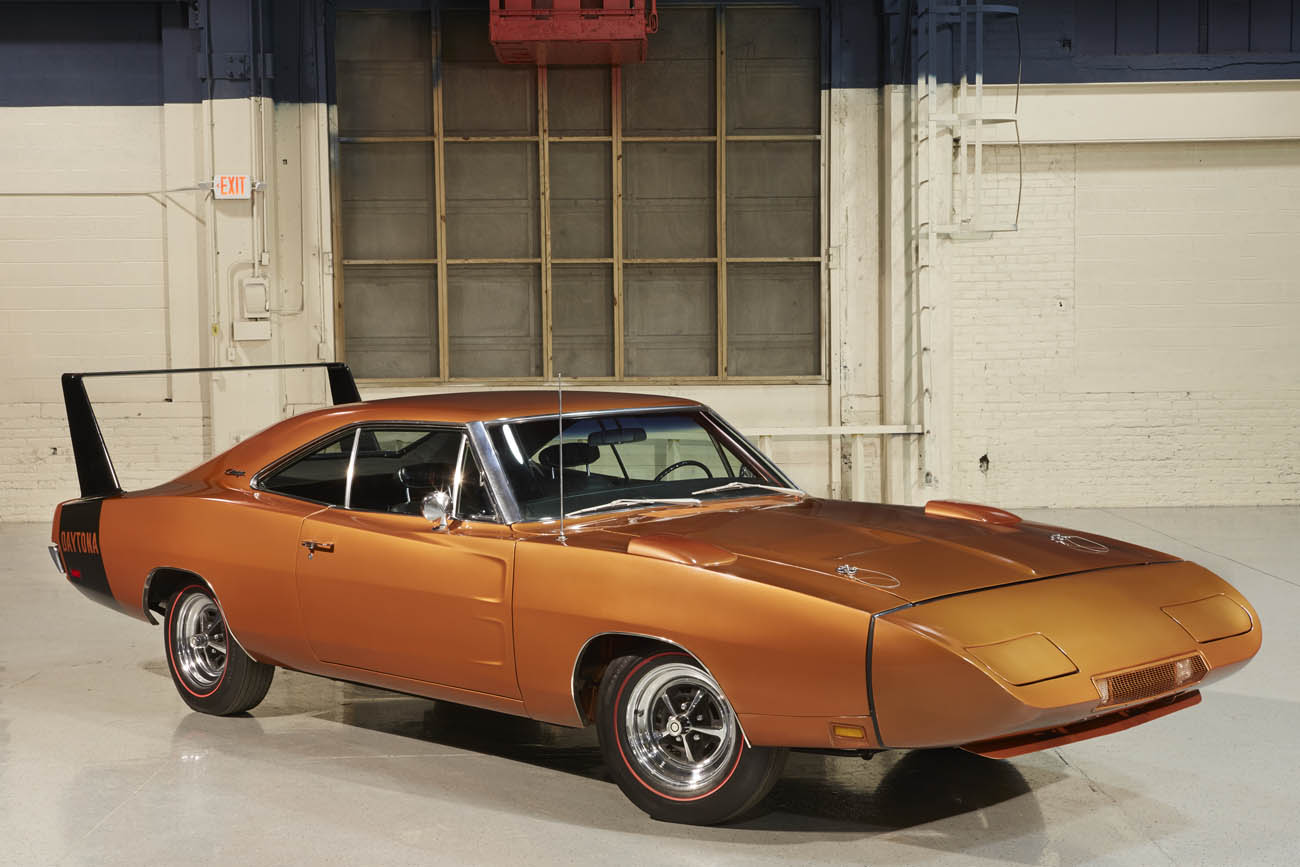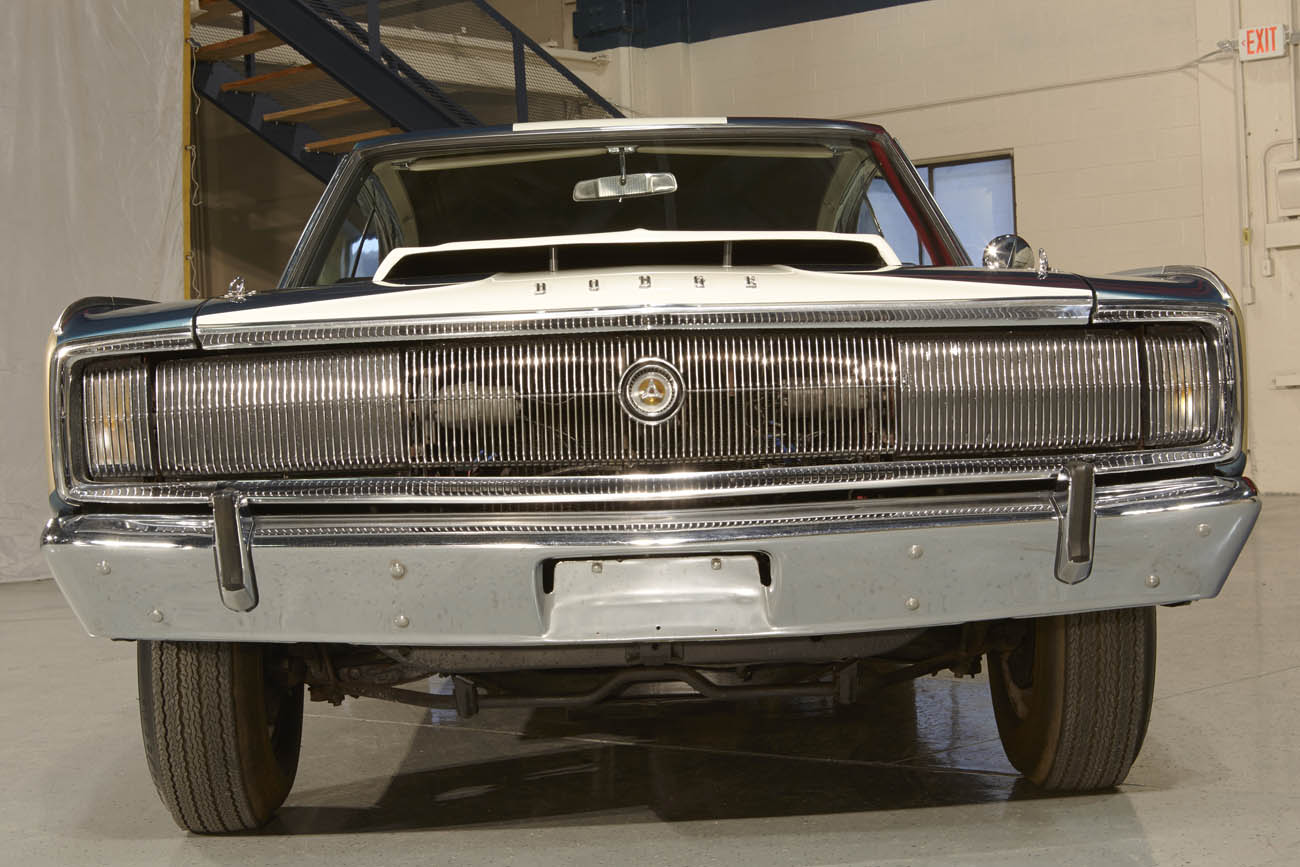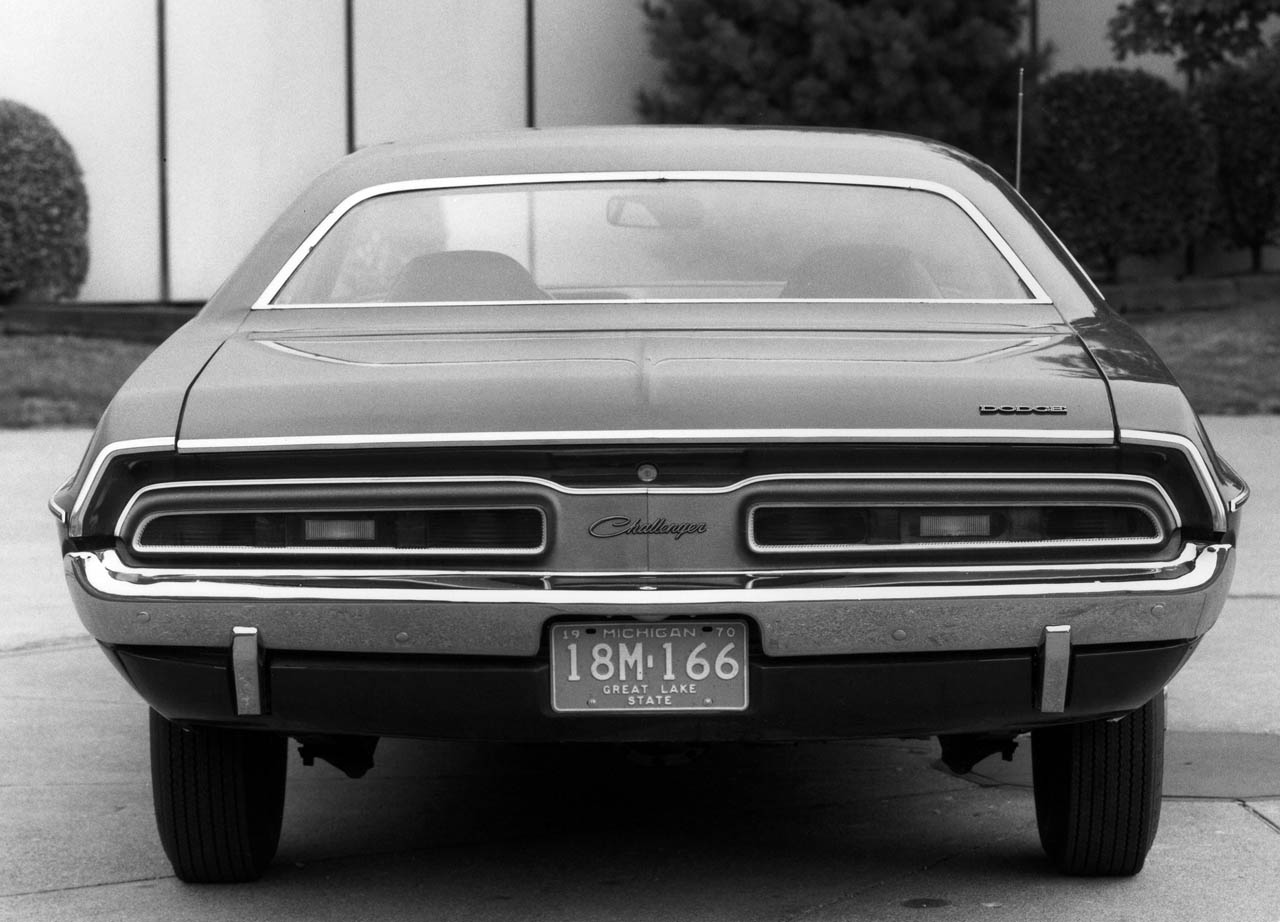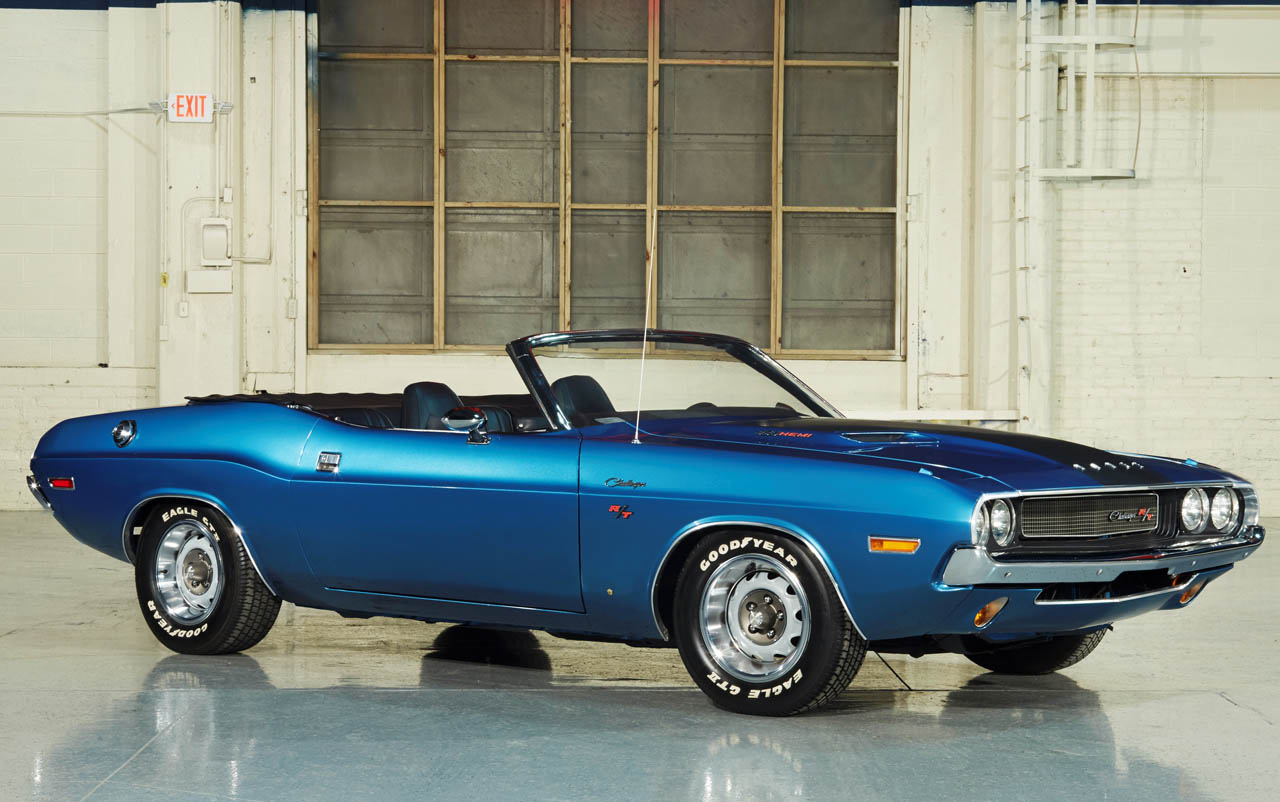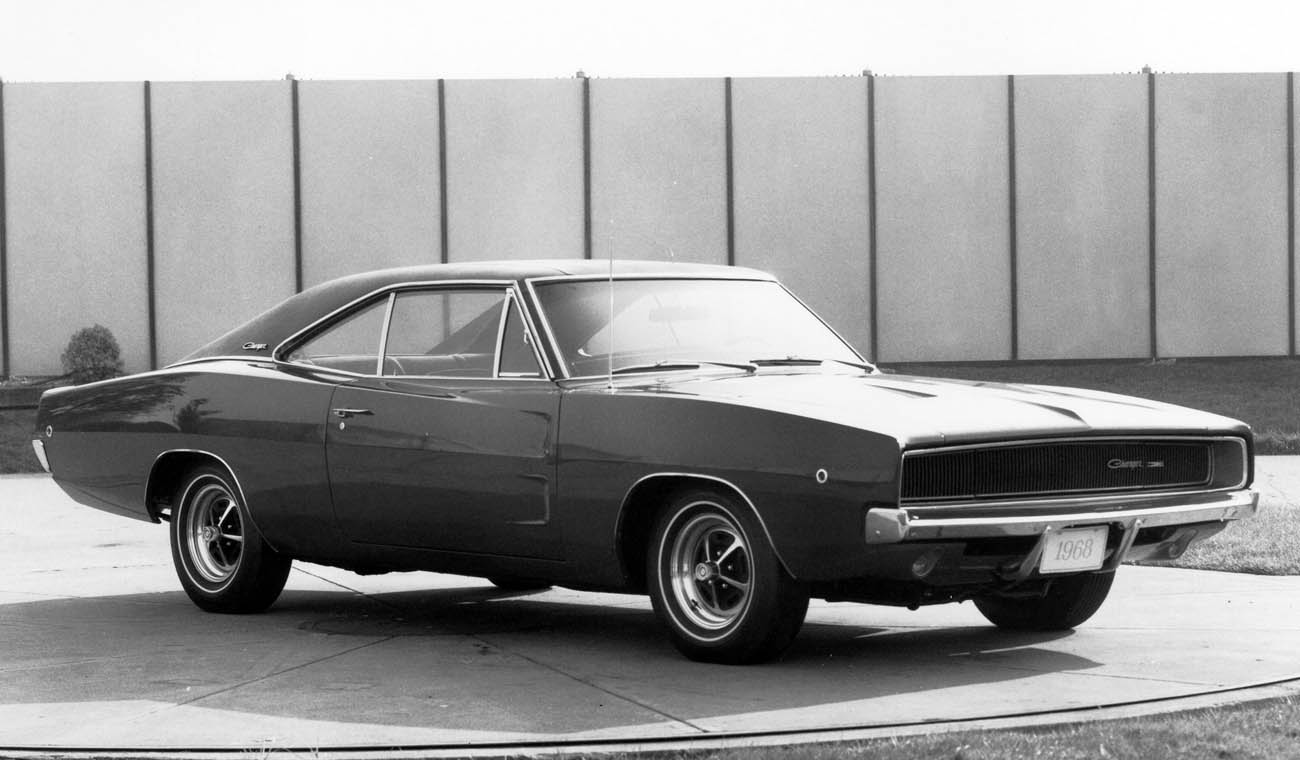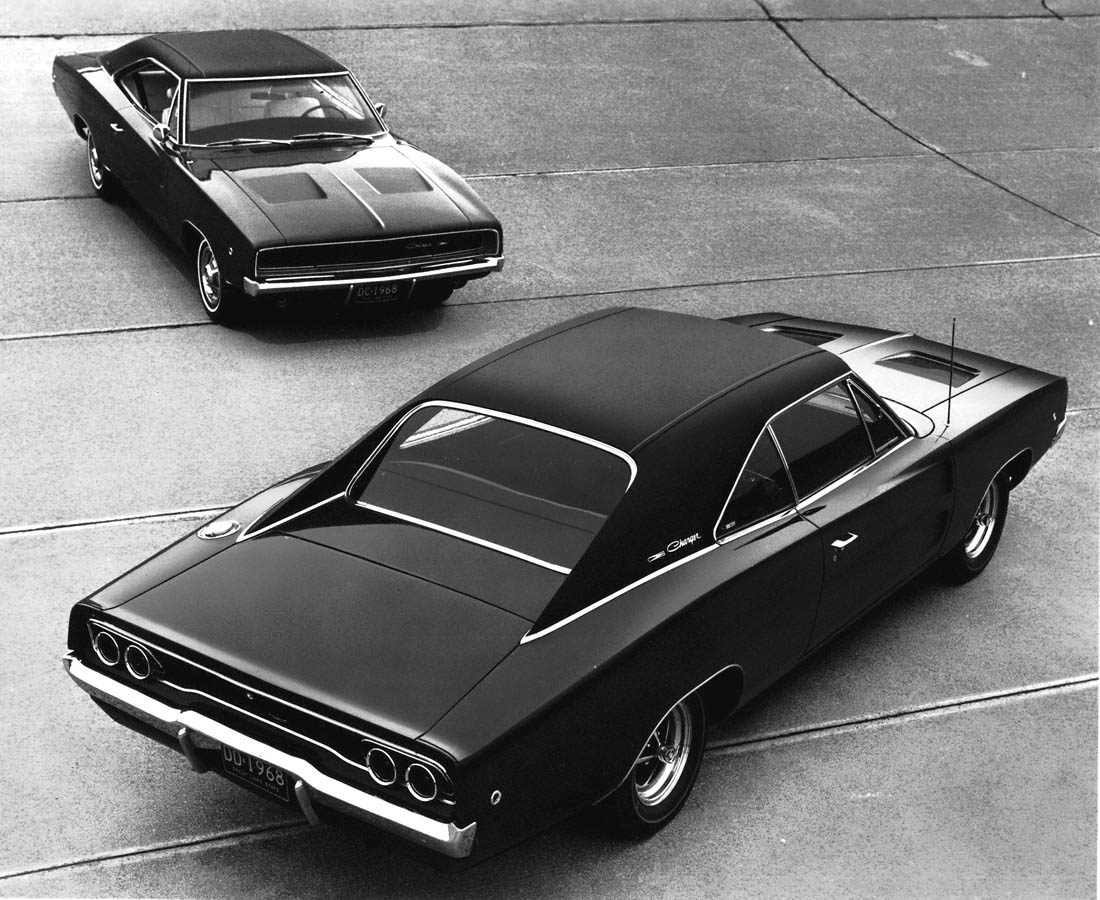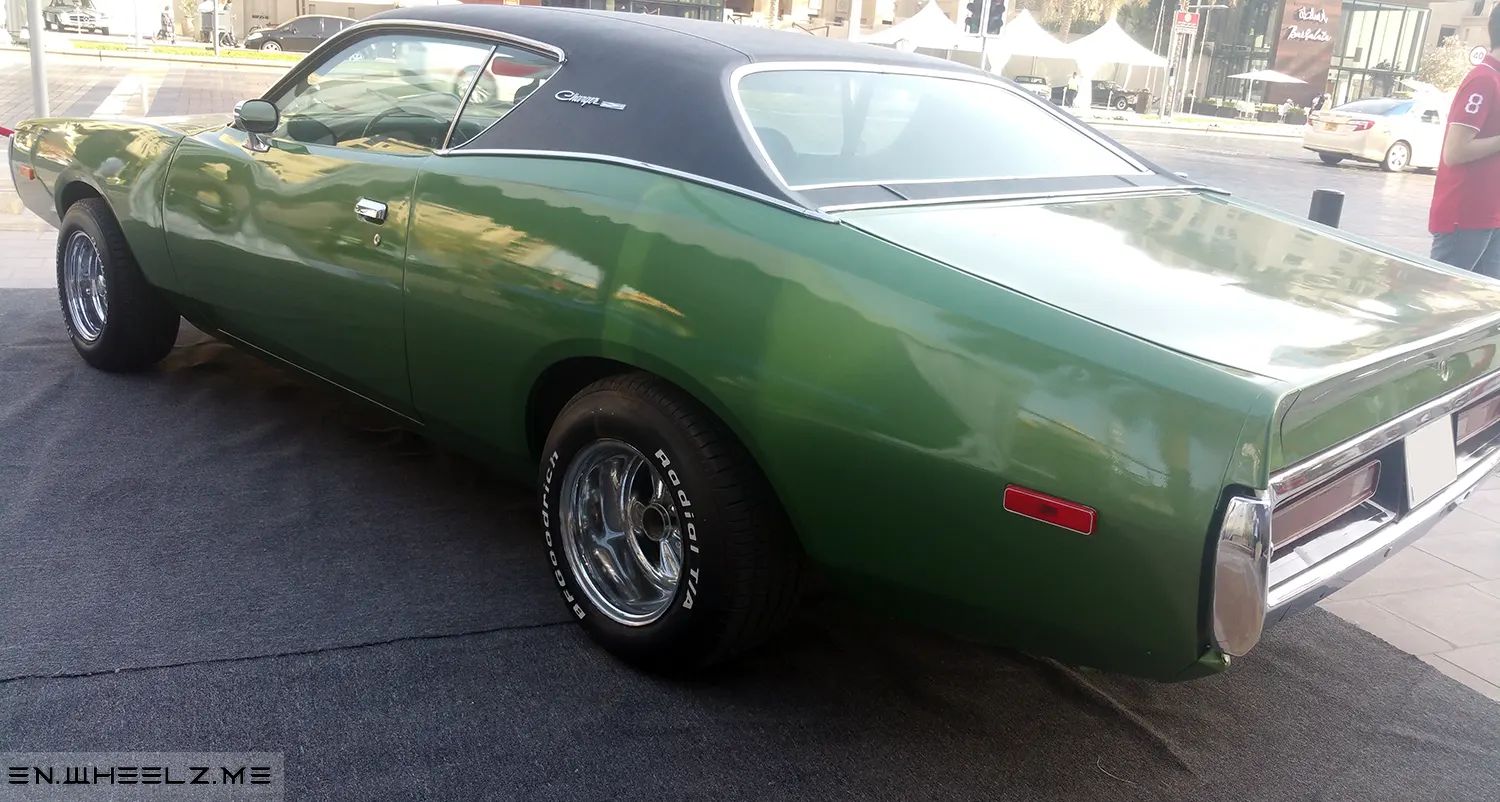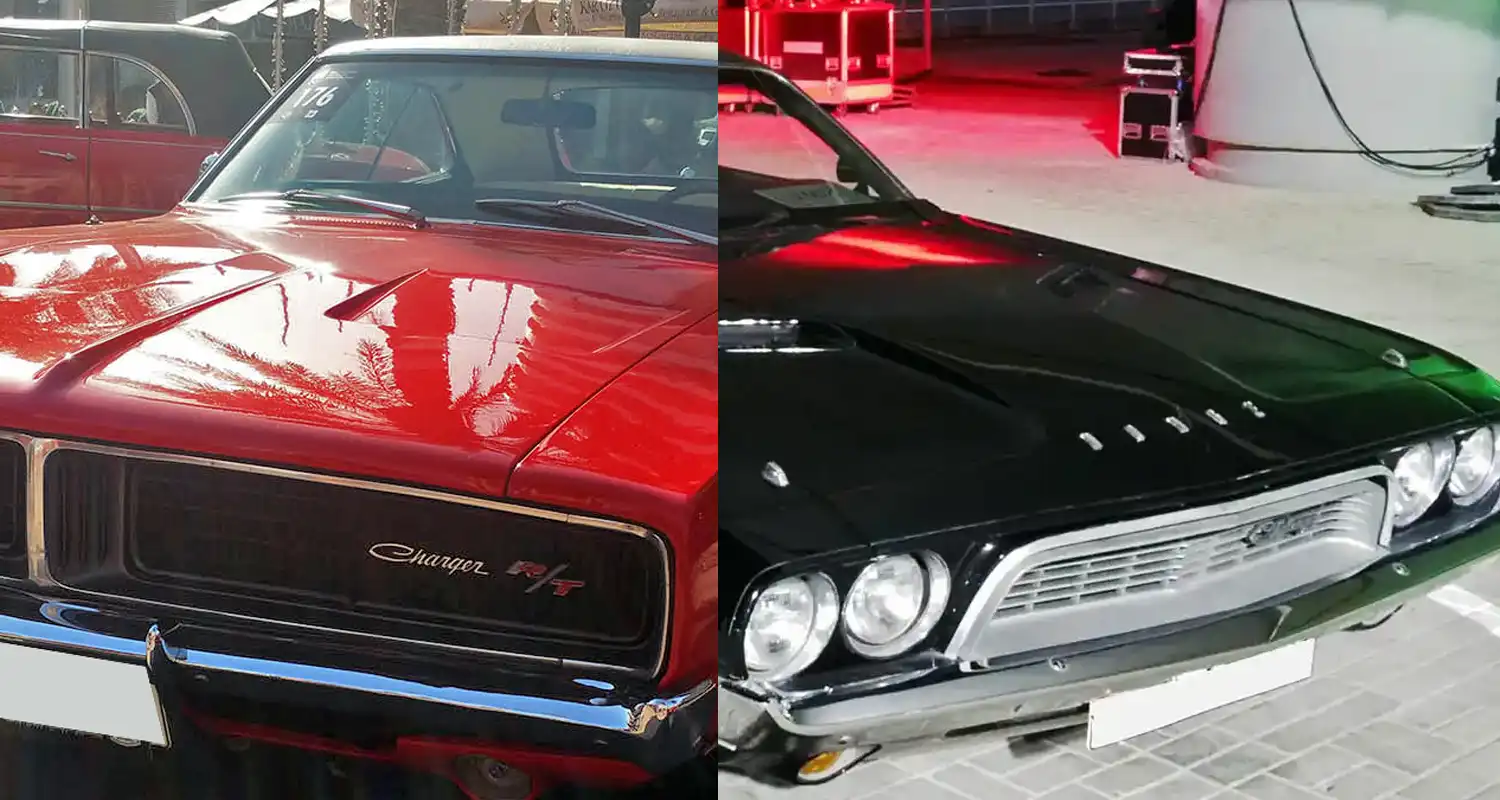
In the roaring late 1960s, the American automotive landscape was ablaze with muscle car fever, a period of unprecedented power and style. Within this fierce competition, Dodge made a seemingly counterintuitive move: it introduced both the Charger and the Challenger, two distinct models that, at a glance, appeared to occupy similar performance categories. However, this was no accident; it was a calculated strategic maneuver to maximize Dodge’s reach within the booming performance segment. By meticulously crafting each vehicle to appeal to slightly different market niches, Dodge ensured a broader capture of enthusiasts, cementing its formidable presence in the muscle car pantheon.
The Golden Age of American Performance: The late 1960s represented a golden age for American performance vehicles, driven by a growing demand for powerful, stylish, and customizable cars. Manufacturers were locked in intense competition, constantly pushing the boundaries of horsepower, design, and marketing. To thrive in this environment, a diverse product portfolio was crucial. Dodge, recognizing the varied tastes within the performance segment, sought to offer compelling options that could cater to different preferences, even if they seemed to overlap from an outsider’s perspective.

Dodge Charger: The “Gentleman’s Muscle Car”: The Dodge Charger, initially introduced in 1966, truly hit its stride with its significant redesign for the 1968 model year. Built on Chrysler’s B-body platform, the Charger was positioned as a larger, more mature muscle car. Its iconic styling, particularly the “flying buttress” roofline and aggressive front grille, gave it a distinctive presence. The Charger appealed to buyers who desired powerful performance but also appreciated a more sophisticated, cruiser-like demeanor and a spacious interior. It became a symbol of raw power with a touch of class, often seen as a car for the more established enthusiast.
Charger Powertrain and Performance Evolution: The Charger, throughout its early muscle car years, offered a range of robust powertrains. While initial models could be equipped with V8 engines such as the 318, 383, and 440 cubic inch (CI) units, it was the legendary 426 CI HEMI V8 that truly defined its performance prowess. These engines, paired with heavy-duty automatic or manual transmissions, delivered immense horsepower and torque, propelling the Charger to dominance on both drag strips and NASCAR tracks. The Charger’s performance wasn’t just about straight-line speed; its B-body platform provided a stable and comfortable ride, fitting its “gentleman’s muscle car” persona.
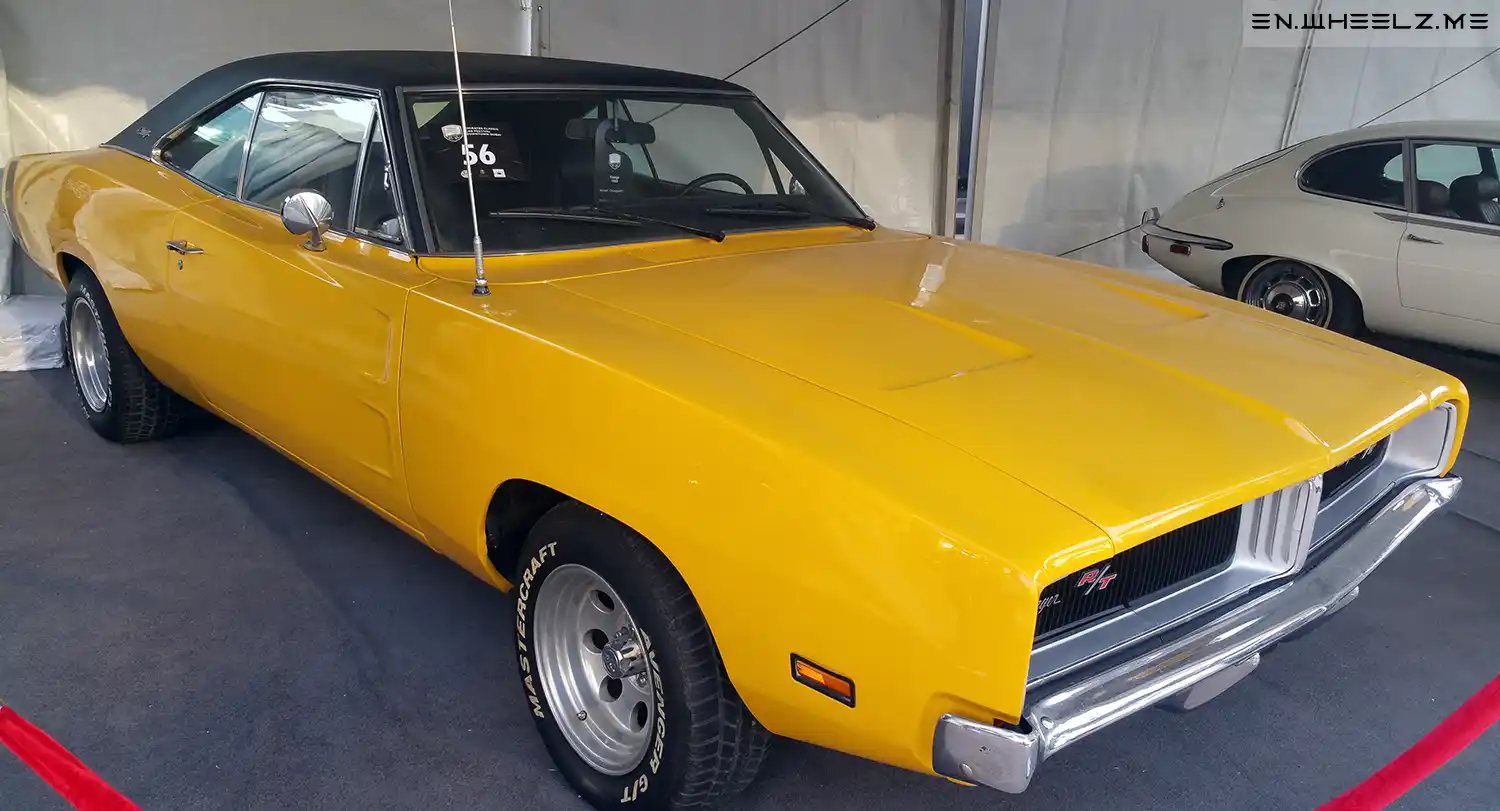
Dodge Challenger: The Pony Car Contender: Introduced in 1970, the Dodge Challenger was Dodge’s direct answer to the highly successful Ford Mustang and Chevrolet Camaro in the burgeoning “pony car” segment. Built on the newly developed E-body platform, the Challenger was shorter, wider, and designed to be a more compact and agile performance machine. It directly targeted a younger demographic, those seeking a highly customizable and sporty vehicle with a wide array of bold color options, distinctive stripe packages, and a diverse range of engine choices. The Challenger was all about personalization and immediate, aggressive styling.
Challenger Powertrain and Performance Offerings: The Challenger boasted an impressive roster of engine options from its debut, designed to deliver immediate gratification. While six-cylinder engines were available, the true spirit of the Challenger resided in its V8 options, ranging from the efficient 318 CI to the powerful 340 CI, and the larger 383 CI, 440 CI, and, of course, the monstrous 426 CI HEMI. These engines, often paired with four-speed manual or TorqueFlite automatic transmissions, gave the Challenger formidable acceleration and a thrilling driving experience. Its E-body platform also allowed for a lower, wider stance, enhancing its sporty appeal and handling characteristics compared to its larger B-body sibling.
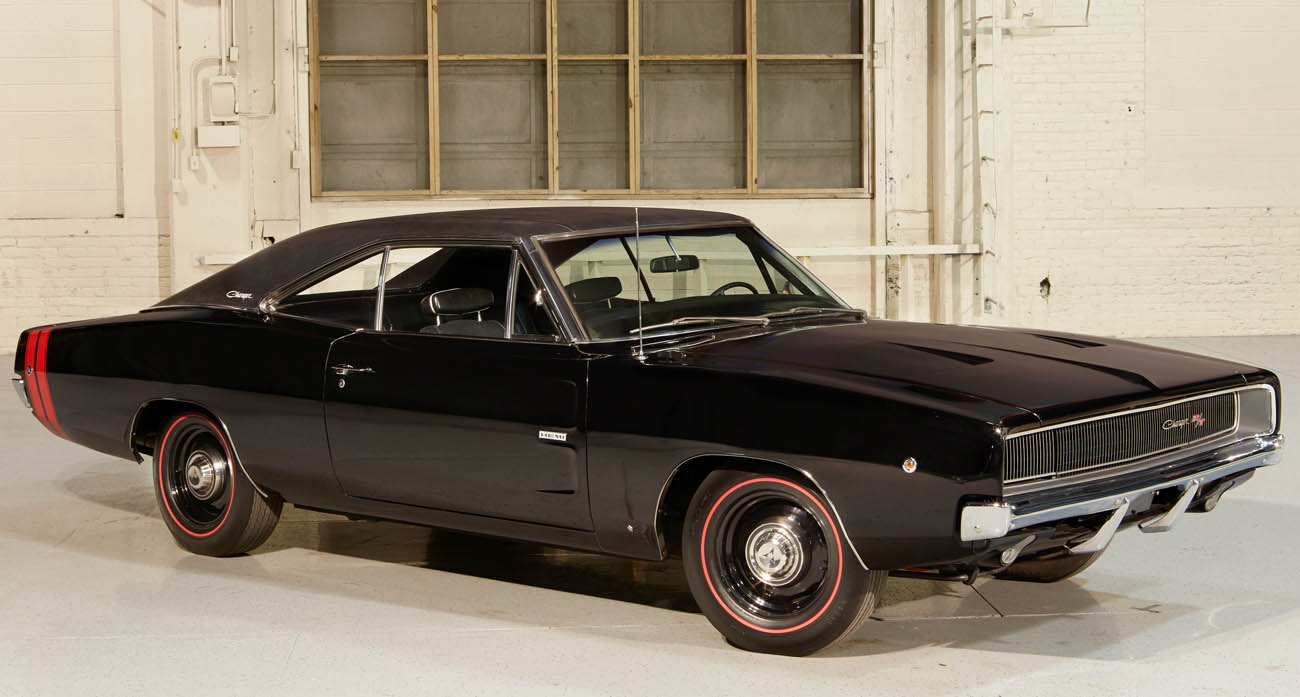
Strategic Differentiation and Market Capture: The concurrent production of the Charger and Challenger was a shrewd move by Dodge to maximize its market penetration within the performance sector. By utilizing common platforms where feasible (B-body for Charger, E-body for Challenger, but both optimized for performance), Dodge achieved production efficiencies while offering distinct products. The Charger filled the demand for a powerful, full-sized muscle car that exuded a more mature and imposing presence. The Challenger, on the other hand, was the agile, stylish pony car, directly challenging the competition with its youthful appeal and emphasis on customization. This dual approach allowed Dodge to appeal to slightly different psychographics within the performance car market, ensuring they had a competitive offering for virtually every enthusiast, regardless of their preference for size, styling, or specific performance emphasis.
Legacy of Two Icons: Both the Dodge Charger and Challenger became undisputed icons of the American muscle car era, each leaving an indelible mark on automotive history. While they shared the common goal of delivering exhilarating performance, their distinct designs and market positioning allowed them to coexist and thrive, contributing significantly to Dodge’s performance heritage. Today, they are celebrated classics, representing the pinnacle of an era when power, style, and a touch of rebellious spirit reigned supreme on American roads, embodying Dodge’s aggressive and diverse approach to performance car manufacturing.
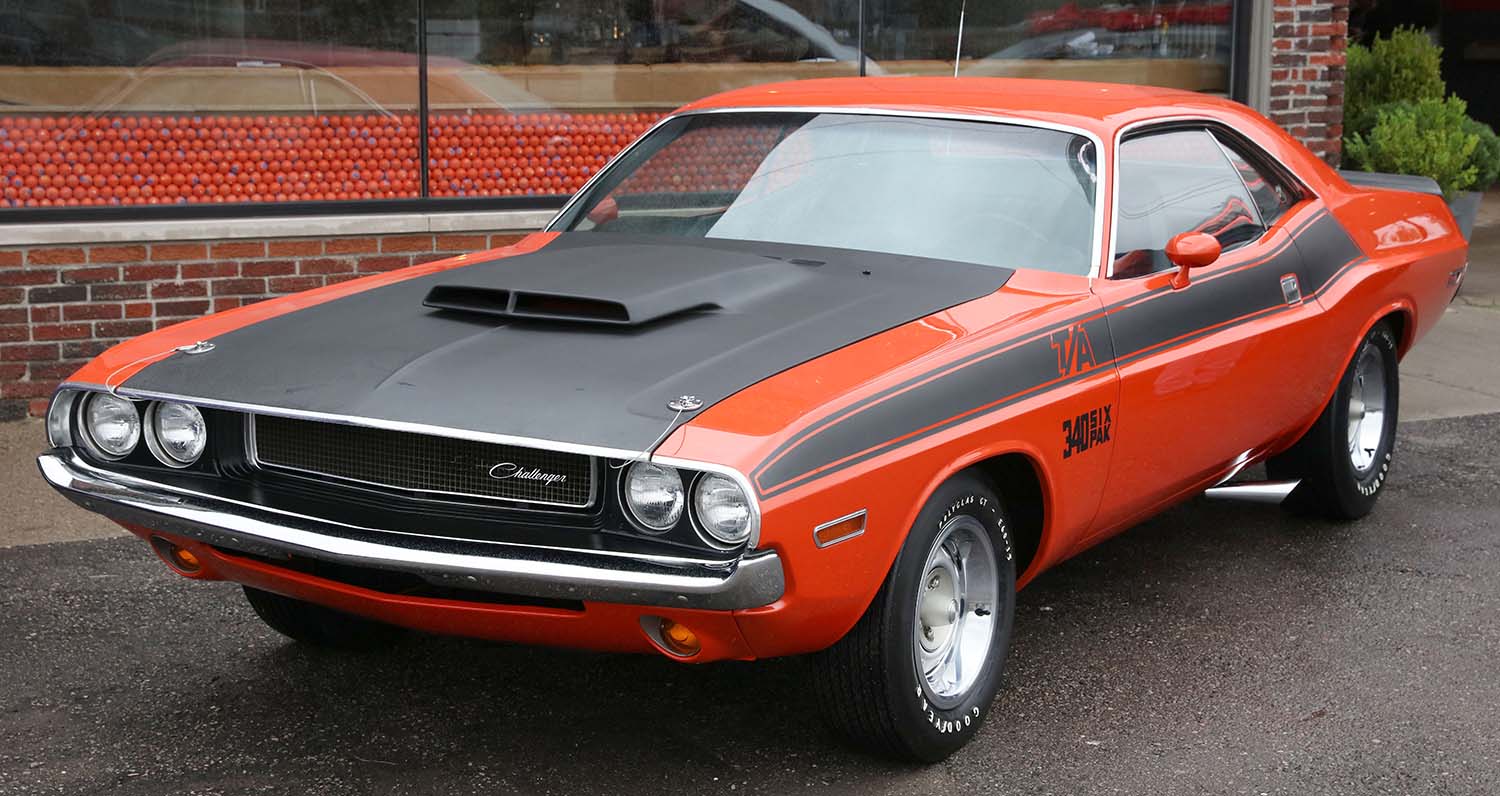
Summary
- Dodge produced Charger and Challenger to target different market niches.
- Charger (introduced 1966, major redesign 1968) was a B-body, larger muscle car.
- Charger appealed to buyers seeking sophisticated performance, often called a “gentleman’s muscle car.”
- Challenger (introduced 1970) was an E-body, direct pony car competitor to Mustang/Camaro.
- Challenger targeted younger buyers, emphasizing sportiness, customization, and bold styling.
- Both models offered a range of powerful V8 engines, including the 426 CI HEMI.
- Platform sharing enabled efficient production of distinct models.
- Strategy maximized Dodge’s market share in the booming performance segment.
Disclaimer: This article is based on historical automotive information and aims for general accuracy regarding the models’ market positioning and development. Specific vehicle details and performance metrics may vary.
